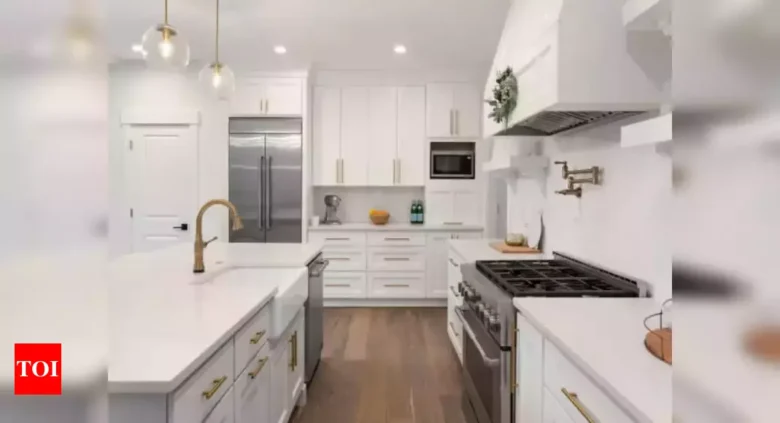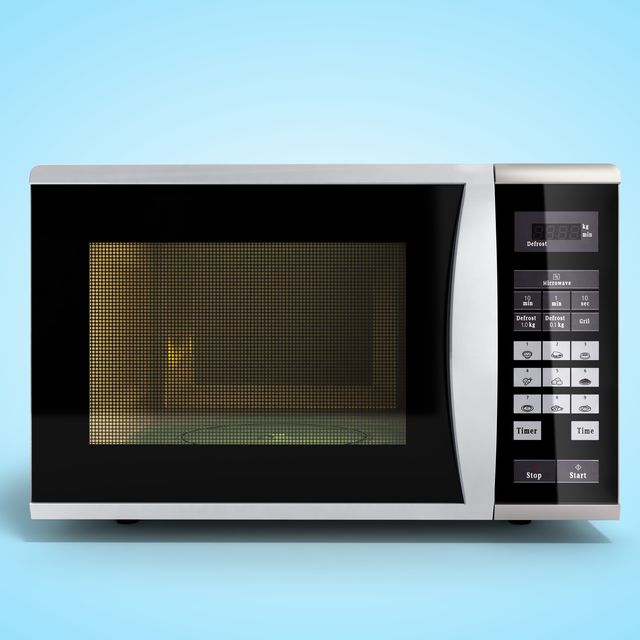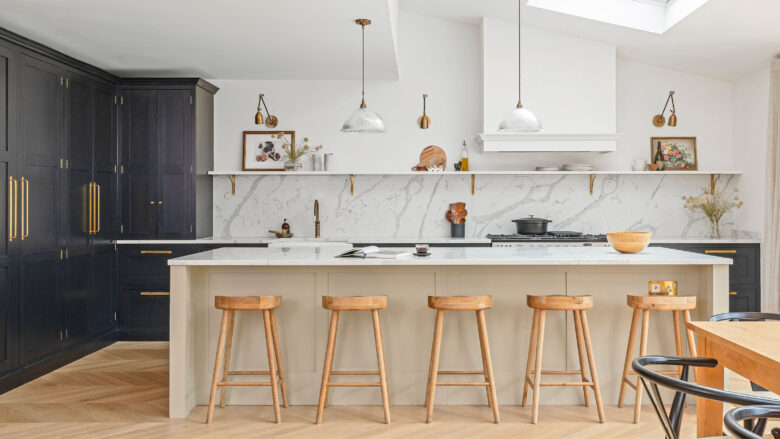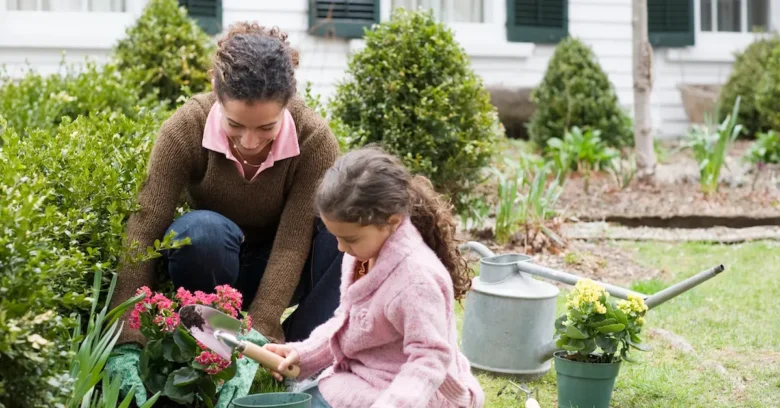
Guide to Home Plant Care: Hints and Techniques

Gaining proficiency in the art of caring for indoor plants can be a gratifying and satisfying experience, regardless of experience level in gardening or if it's your first time potting a plant. In addition to being aesthetically pleasing, indoor plants also promote indoor air quality. We'll go over all the necessary advice in this thorough guide to make sure your plants grow and thrive.
- First Off
- Selecting the Correct Plants
- Selecting the Ideal Location
- Recognizing Watering Requirements
- The Sun's Function
- Fertilization and Nutrients
- Trimming and Pruning
- Handling Insect Issues
- Planting and Repotting
- Indoor Gardening and Hydroponic Systems
- Making a Timetable for Plant Care
- Troubleshooting Typical Problems
- Planting for Beautifying Effects
- Techniques for Propagating Plants
- In summary
- Q&As
First Off
Starting a home gardening project is a thrilling and healing experience. The joy of seeing your plants grow is unequaled, whether you're growing colorful flowers, lush foliage, or useful herbs.
Selecting the Correct Plants
It's crucial to choose plants that complement your surroundings and degree of expertise. Think about things like humidity, light availability, and upkeep needs when selecting your green friends.
Selecting the Ideal Location
Even plants can have preferences! While some people prefer bright light, others do best in shady areas. Plants grow best when placed in their favorite locations.
Recognizing Watering Requirements
Watering requires a careful balance. Plants can suffer from both overwatering and underwatering. Examine each particular plant type's watering requirements and make any necessary adjustments.
The Sun's Function
For plants, sunlight is essential to life. The amount of sunlight required by different species varies. Find out what your plant needs, then arrange it appropriately.
Fertilization and Nutrients
Essential nutrients are necessary for plants to grow robustly. Fertilize frequently, but do not overfertilize as this may result in an imbalance of nutrients.
Trimming and Pruning
Pruning on a regular basis clears out dead or overgrown branches to encourage healthy growth. It also improves the appearance of your plants.
Handling Insect Issues
Pests can cause serious damage to your indoor garden. Determine common pests and investigate home cures and prophylactics.
Planting and Repotting
Your plants may outgrow their containers as they get bigger. When repotting, make sure there is adequate room for the roots to spread out.
Indoor Gardening and Hydroponic Systems
Examine contemporary gardening methods such as hydroponics, particularly in cases where space is at a premium. Without soil, you can grow plants using these techniques.
Making a Timetable for Plant Care
Key is consistency. Create a schedule for your plants' upkeep that includes watering, fertilizing, and other duties that are particular to their requirements.
Troubleshooting Typical Problems
Common problems include mold, wilting, and yellowing leaves. Solve these issues with prompt and practical fixes.
Planting for Beautifying Effects
An attractive indoor garden makes your home feel better. Experiment with different plant heights, hues, and textures to get a visually beautiful arrangement.
Techniques for Propagating Plants
By propagating your plants, you can increase their number. Discover how to divide and cut stems to produce new plants from older ones.
In summary
The rewarding experience of caring for your own plants at home improves your environment and fosters a connection with nature. You may create a flourishing indoor garden that enhances your happiness and tranquility by learning the specific needs of your plants, giving them the care they need, and trying out new methods.
Q&As
How frequently should my houseplants be watered? The type of plant and how much moisture it needs determine when to water it regularly. Before you water, make sure the soil is moist.
Can I grow plants indoors using ordinary garden soil? It is best to use potting mix that is designed especially for indoor plants and has good drainage.
What are some beginner-friendly low-maintenance indoor plants? Because they are hardy, pothos, spider plants, and snake plants are great options for novices.
How can I tell whether my plant receives too much or not enough sunlight? Leggy growth may indicate insufficient light, while yellowing leaves may indicate excessive sunlight exposure.
Is misting plants required to maintain humidity? While misting can be helpful, using a humidifier or setting up a tray of water next to plants will have a greater impact.
Deja una respuesta






Otros artículos que podrían interesarte: